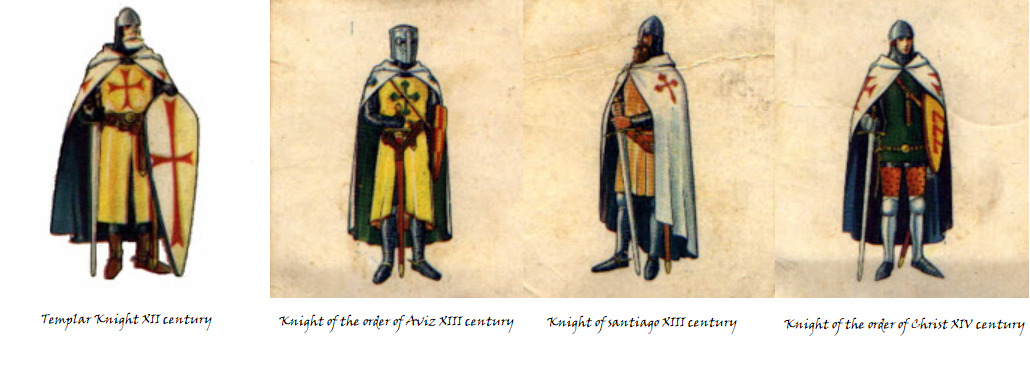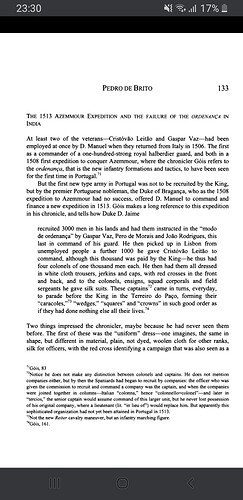Besteiros do Conto would be that Crossbow unit for High Medieval. They were created around 1290 to 1300.
There are abundant references to the existence of Almogavars in the Kingdom of Portugal, who played an important role in the African campaigns in which they were immersed in the 15th and 16th centuries, where Almogavars and Almocadenes guarded the borders of the Portuguese possessions in North Africa.[36] Their military rank, exactly the same as their Castilian and Aragonese counterparts, is collected in Alfonsine Ordinances, and the Chronicle of King Manuel states "They sent Almogavars to run (...) to attack the Moors".
The Hidalgos are actually what i proposed for the Adventurers unit.
the King had at his disposal military leadership to serve overseas under direct orders of the crown.
"From the mid-15th century onwards, the lower and middle-ranking leadership of Portuguese expeditions and of the resulting overseas outposts were the fidalgos – gentlemen descended from the old knightly class. The importance of such men was highlighted by Azurara (Gomes Eanes de Zurara) during the second half of the 15th century. His Chronicle of the King Dom João I described the force assembled to attack Ceuta, the most enthusiastic being younger men who ‘ardently desired to acquire the merits of those who had given them life [their fathers], and following their example, to furnish proofs of their courage and loyalty’.
“Success led to a rapid expansion of a class known as the ‘nobility of service’, so that by the 16th century numerous fidalgos from minor and often poor aristocratic families would hang around the royal court, eager for a chance to show their worth. Consequently, the Portuguese government was able to employ large numbers in its armadas and overseas captaincies, their exploits filling the 16th century chronicles and literature.”
Nicolle ill. Embleton 2012 p13-14
Crowley 2015 p228
“The military code of the fidalgos valued heroic personal deeds over tactics, the taking of booty and prizes over the achievement of strategic objectives. Men-at-arms were tied by personal and economic loyalties to their aristocratic leaders rather than to an overall commander. Victories were gained by acts of individual valor rather than rational planning. The Portuguese fought with a ferocity that stunned the peoples of the Indian Ocean, but their methods were medieval and chaotic and, not infrequently, suicidal.”
The historian João de Barros summarized its consequences for captains and commanders: ‘that in decisions about whether to fight … so that honorable deeds may be done, even if dangerous, they must not raise objections based on the personal safety of their lives.’ Henceforward prudence was impossible. No one felt able to refuse an engagement, however rash, without accusations of cowardice. Only bravery of the most explicit kind would suffice. The honor code of the fidalgos was accentuated to the extent of an emphasis on hand-to-hand combat over the distant destruction of cannon fire."
Crowley 2015 p278 (describing fidalgos at Goa, 1512)
“[T]he nobles wished to wield their enormous two-handed swords in heroic single combat, winning booty and polishing their reputations…”
Fidalgos who were nobles, clad head to toe in an expensive full set of armour, always at the top commanding positions, and also formed the veritable “spearhead” of assaults. Most notably, they wielded some scary two-handed swords the Portuguese called montante 3 which in the right hands was capable of cutting an un-armoured person (arguably the most common kind of foe the Portuguese faced in the east) in half, if the chronicles are to be trusted.
Early game its levy and municipal militia (spearman, crossbow) with Cavaleiros viloes (villanos), ginetes and almorgarves.
I would personally add the Order of Aviz to Portugal , so both countries avoid having the Knights of Santiago.
The most influential orders in Portugal











 Reply With Quote
Reply With Quote















